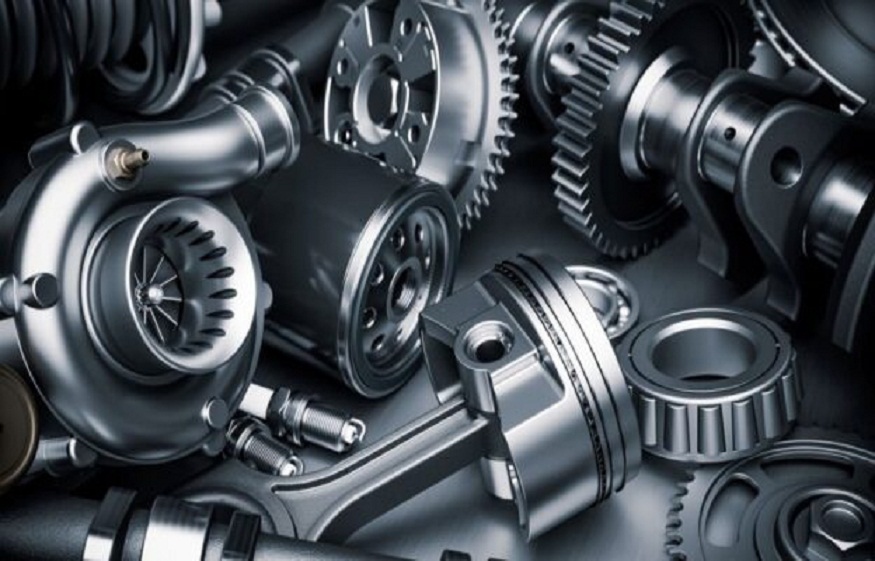Your windshield wipers are making an unbearable squealing noise, your tires are on their last legs or your alternator has just given up and you are lost in front of the plethora of parts available on the market? Don’t make the mistake of taking any one thinking that “it’s all the same”, because that is far from being the case. To make the best choice in this world where confusion reigns, follow our advice instead.
Survey – Auto parts: how to choose them well and avoid the pitfalls
Since the very beginnings of the automobile, there have been people capable of manufacturing parts that are identical – but sometimes also better or worse – than those originally planned by the manufacturer. A simple reason: on the first cars of the early 20th century, there were virtually no spare parts. The repairers (often ex-blacksmiths) made them themselves, these cars being relatively primitive assemblies.
Subsequently, this market has of course become more structured. The general organization of subcontracting has favored a certain standardization. It has become difficult to know who owns what: when the same platinum screws equip both Peugeots and Fords , how can we give credit where credit is due? … Especially since a car, let’s not forget, is an assembly of parts from different sources, in particular from subcontractors. The latter may be bound by exclusivity contracts with the manufacturer, but this is not the norm. In general, they are free to offer their production in parts distribution channels other than that of the manufacturer and they do not deprive themselves of doing so.
For all these reasons, the production and sale of parts that could be described as “copies” is therefore free (with the exception, in France and for French cars only, of body parts protected by a “copyright” type law, see “The bodywork of French cars, a cultural exception” ). It remains to try to determine the quality of the “copy” in question according to its origin. In the following pages, you will find the definition of original parts, parts said to be of equivalent quality, adaptable parts, standard exchange and counterfeiting. With each time our comments and our judgment.
Before we begin: What is a “famous” brand?
In this article, we will frequently refer to renowned subcontractors. The problem is that it is difficult to know who is renowned (therefore more or less reliable) and who is not. In fact, in our small automotive sector, it is the manufacturers who have sorted things out for you. They have selected subcontractors capable of manufacturing parts to equip their production. Although many of their criteria are far removed from those of the end customer (cost, lead time, responsiveness, production capacity, etc.), the manufacturers selected are ultimately those who best master the part in question. So, the “Bosch, Valeo, Magneti-Marelli, Lucas, Hella, NGK, NTM, SKF, etc.” generally produce better equipment than the smaller and lesser-known ones…
A tip: if you are tempted by a brand that you do not know, go to the brand’s website: referencing, appearance and quality of the site, presence and clarity of legal information are all information to take as proof of the quality of a brand. And if after that, you still have doubts, abstain.



